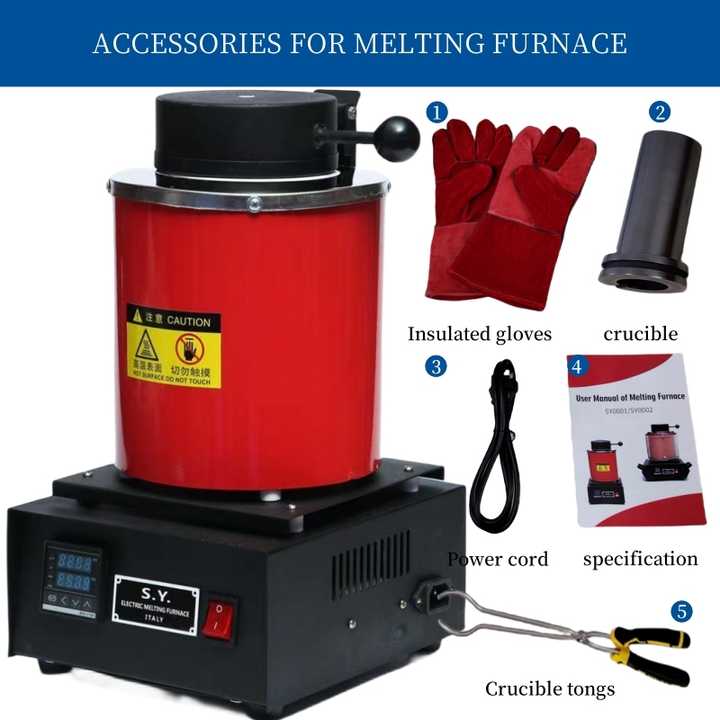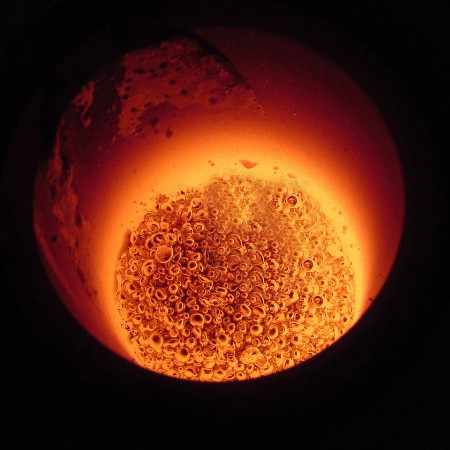smelting gold in microwave
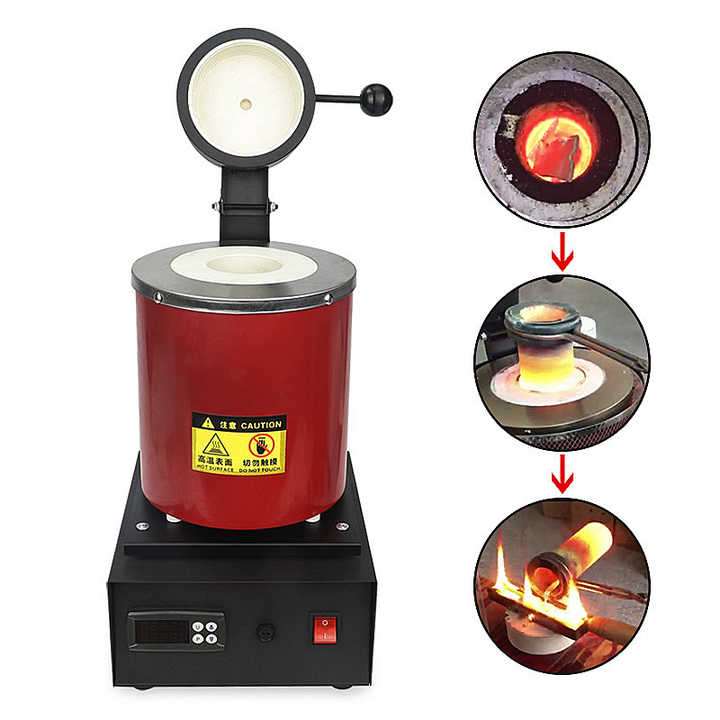
Smelting Gold in Microwave
Smelting gold in a microwave is an innovative and unconventional method that has gained attention among hobbyists and small-scale gold refiners. This technique utilizes the principles of microwave energy to melt gold efficiently and safely, providing an accessible alternative to traditional smelting methods. In this article, we will explore the process, benefits, and safety considerations of smelting gold using a microwave.
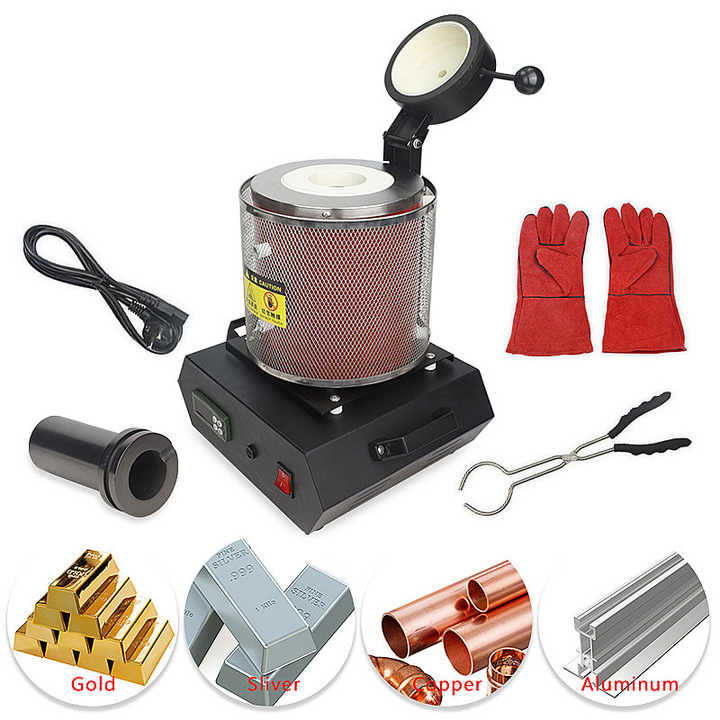
Understanding Microwave Smelting
Microwave smelting leverages the ability of microwaves to heat materials rapidly. Unlike conventional furnaces, which rely on direct heat from fuel sources, microwaves can penetrate certain materials and excite their molecules, causing them to heat up. This property is particularly useful for melting metals like gold, which has a relatively low melting point compared to other metals.
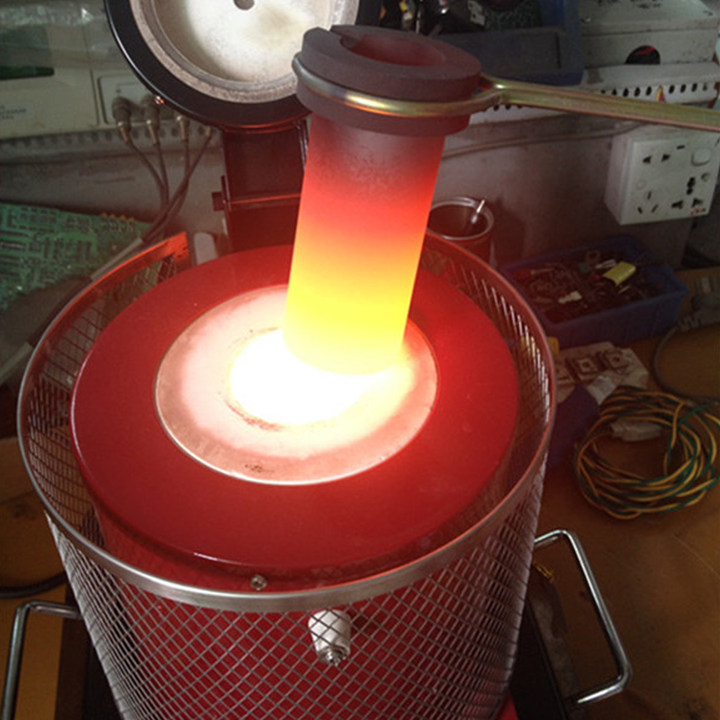
The Process of Smelting Gold in a Microwave
Equipment and Materials
To successfully smelt gold in a microwave, you’ll need specific equipment and materials:
- Microwave Oven: A dedicated microwave, preferably one with a higher wattage, is ideal. Regular kitchen microwaves can be used but should not be your primary cooking appliance after smelting.
- Crucible: A microwave-safe crucible made of materials like ceramic or silica is essential for containing the gold during the melting process.
- Flux: Flux materials, such as borax or soda ash, help remove impurities and facilitate the melting process.
- Gold Scrap: The gold you intend to melt, which could be in the form of jewelry, coins, or gold-plated electronics.
Steps to Smelt Gold
- Preparation: Begin by cleaning the gold scrap to remove any dirt or contaminants. Break it into smaller pieces to promote even heating.
- Setting Up the Crucible: Place the gold scrap and a small amount of flux into the crucible. The flux will help to absorb impurities during the melting process.
- Microwave Heating: Place the crucible in the microwave and set it to high power. Monitor the process closely, as the melting point of gold is around 1,064°C (1,947°F), and microwaves can heat materials quickly.
- Cooling: Once the gold has melted and formed a liquid pool, carefully remove the crucible from the microwave. Allow it to cool slowly to avoid cracking.
- Pouring and Molding: Once cooled, you can pour the molten gold into molds to create ingots or other shapes.
Benefits of Microwave Smelting
Convenience
Microwave smelting is highly convenient and requires less setup compared to traditional furnaces. It allows for smaller batches of gold to be processed quickly and easily, making it ideal for hobbyists and small-scale operations.
Cost-Effective
Using a microwave for smelting gold can be cost-effective, especially for those who do not want to invest in expensive industrial equipment. A simple microwave and crucible are often all that is needed.
Reduced Energy Use
Microwave smelting typically uses less energy than conventional smelting methods. This efficiency can lead to lower operational costs and a reduced environmental footprint.
Safety Considerations
While smelting gold in a microwave can be straightforward, safety should always be a priority:
- Ventilation: Ensure that your workspace is well-ventilated to avoid inhaling any fumes produced during the melting process.
- Protective Gear: Wear appropriate safety gear, including gloves and safety goggles, to protect against burns or splashes.
- Use a Dedicated Microwave: Ideally, use a microwave that is not intended for food preparation, as the residues from melting metals can contaminate food.
Smelting gold in a microwave offers an accessible and efficient method for melting gold at home or in small workshops. By understanding the process and adhering to safety precautions, individuals can successfully refine gold scrap into valuable materials. As with any technique, practice and experimentation will enhance your skills and results, making microwave smelting a fascinating venture for gold enthusiasts.












